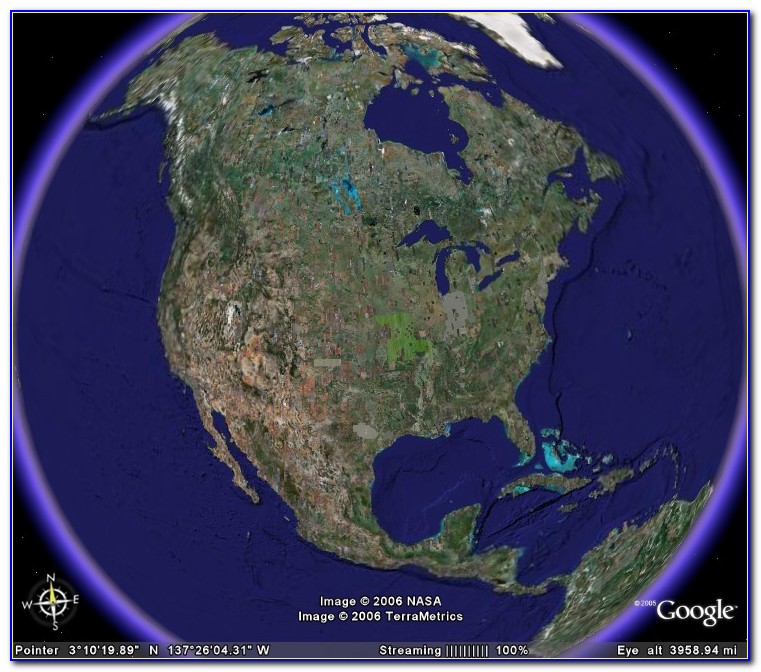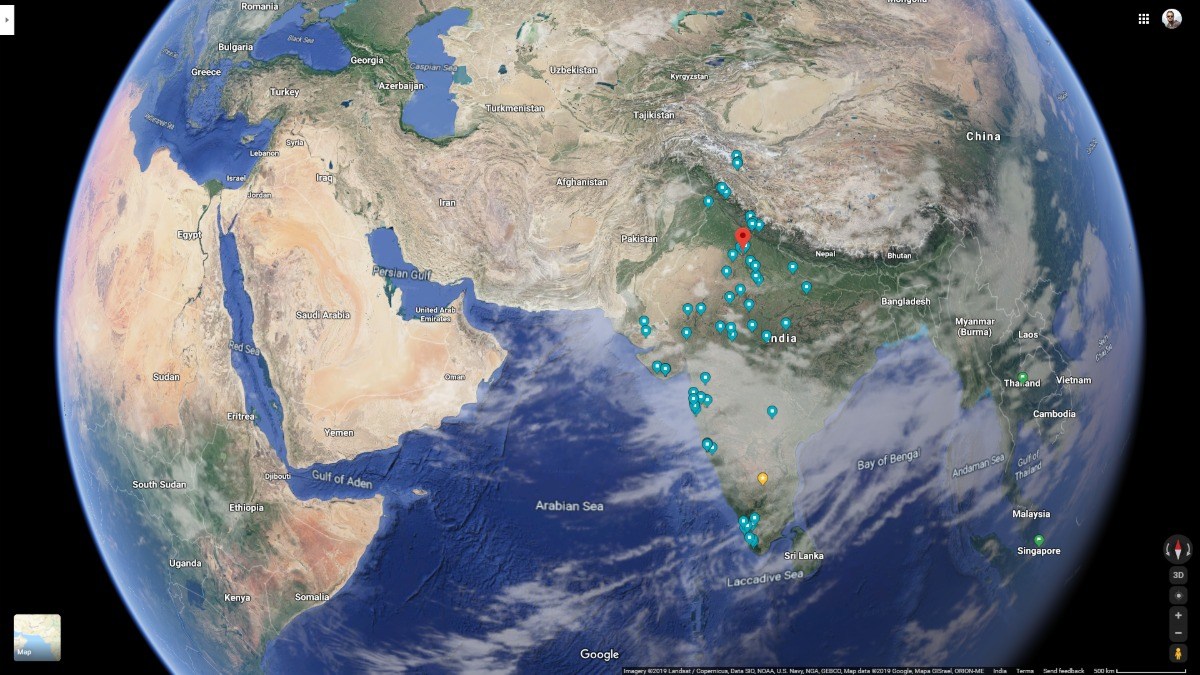

for my master’s degree in computer science where I started to look at a variety of problems in spatial data - like computer vision for historical map scans and integration systems for map datasets. For example, how can we take two datasets and integrate them together. I started to work on larger datasets to see if we could do this more efficiently and then started to work on new problems. My first project was to take vector lines, so geometries of things in space, and write a C++ library in order to perform intersections and unions of all of these geometrics. I started to work on geographical datasets a long time ago when I was an undergraduate student. How did you become interested in computer science and your specific field? I felt this was a natural environment for me to continue my work with some great collaborators. One of the main reasons I came to the University of Minnesota is because of the Department’s strong spatial computing faculty members - like Shashi Shekhar and Mohamed Mokbel. My research area is spatial artificial intelligence (AI), so we build applied machine learning methods and systems to spatial data in order to understand human-environment interactions from all kinds of data, such as old maps, satellite imagery, onsite sensors, street photos, census data, and map datasets. I worked at the Spatial Science Institute. I was a research associate professor at the University of Southern California (USC). Tell us about your journey to the University of Minnesota.

His work focuses on spatial artificial intelligence (AI).

in computer science from the University of Southern California. Associate professor Yao-Yi Chiang joined the Department of Computer Science & Engineering in 2021.


 0 kommentar(er)
0 kommentar(er)
